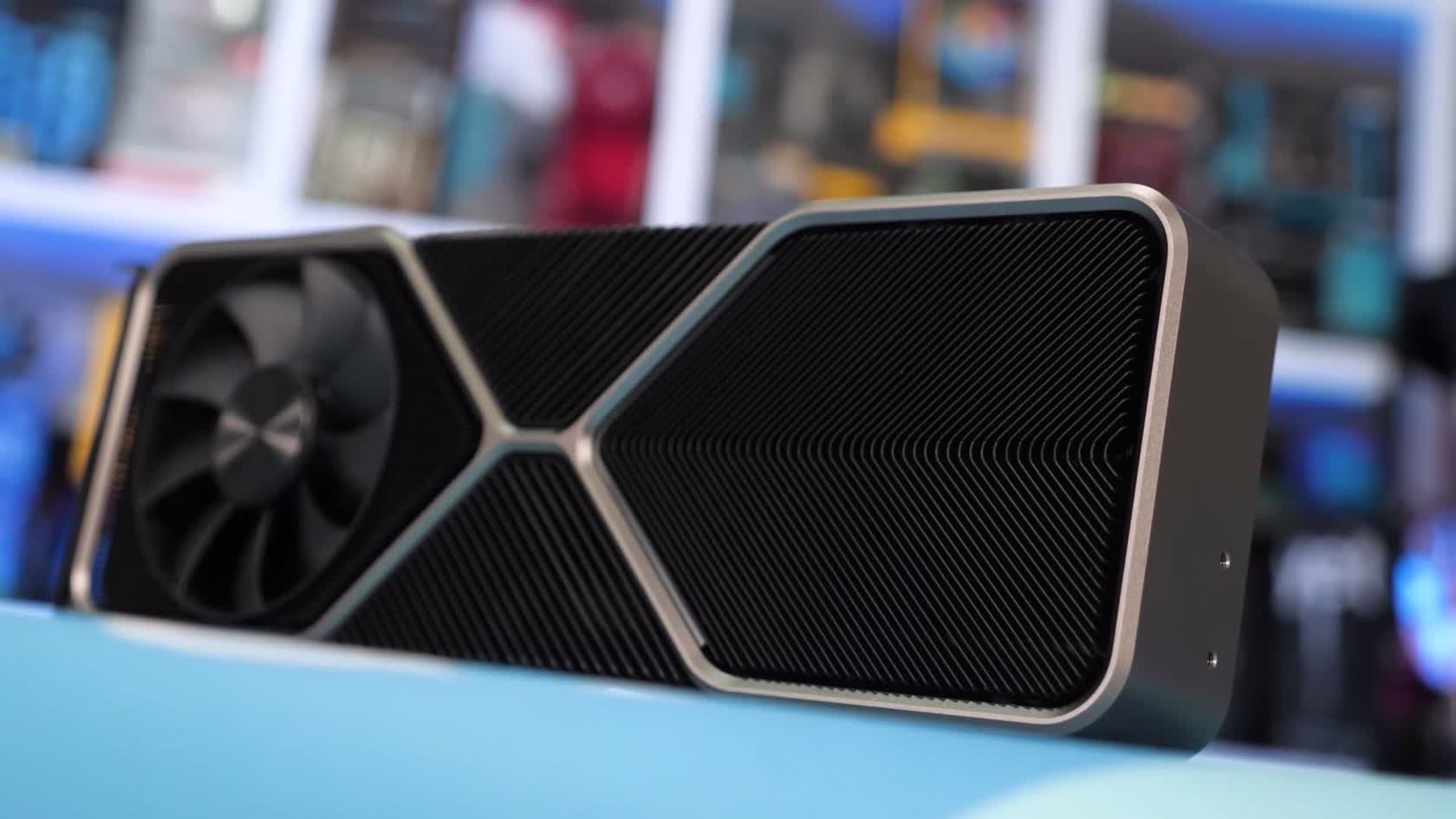When just 5 out of the 30 games tested offer a ray tracing feature, I'm not sure that one can class that as being mainstream. In time, it certainly will be, just as anti-aliasing, tessellation, ambient occlusion, etc have all become, and by that time, testing will almost certainly include it - as it will be a standard setting when putting the graphics options to 'Ultra'.
As to why one can can say that the RTX 3080 and RX 6800 XT match - this is down to the primary function for which the bulk of purchases will arguably used for: gaming. Exactly what portion owners of either card routinely encode/stream or predominantly play ray-tracing enabled titles, I couldn't say but I would suggest that neither scenario from a significant majority.
For the latter, this is down to (a) the paucity of titles offering ray tracing and (b) the sizeable performance impact while using it, with or without DLSS. In the case of the former, it might seem to the casual observer that
everyone is streaming every moment of their gameplay to the world at large, the portion of those with top-end GPUs is likely to match the overall distribution of sector sales (I.e. they're most likely to have mainstream cards).
The article clearly points out that the RTX 3080 has advantages over the RX 6800 XT (better 4K performance, better feature set, better encoding), but the primary task for which they're bought, they average out to be the same.
